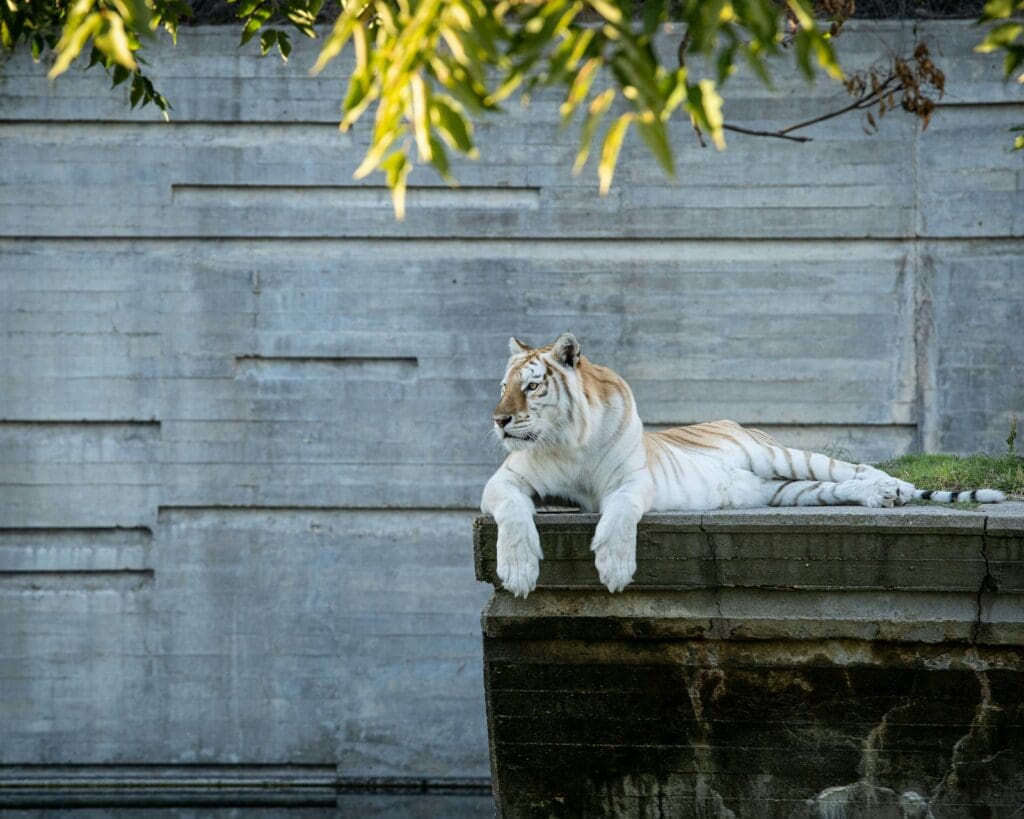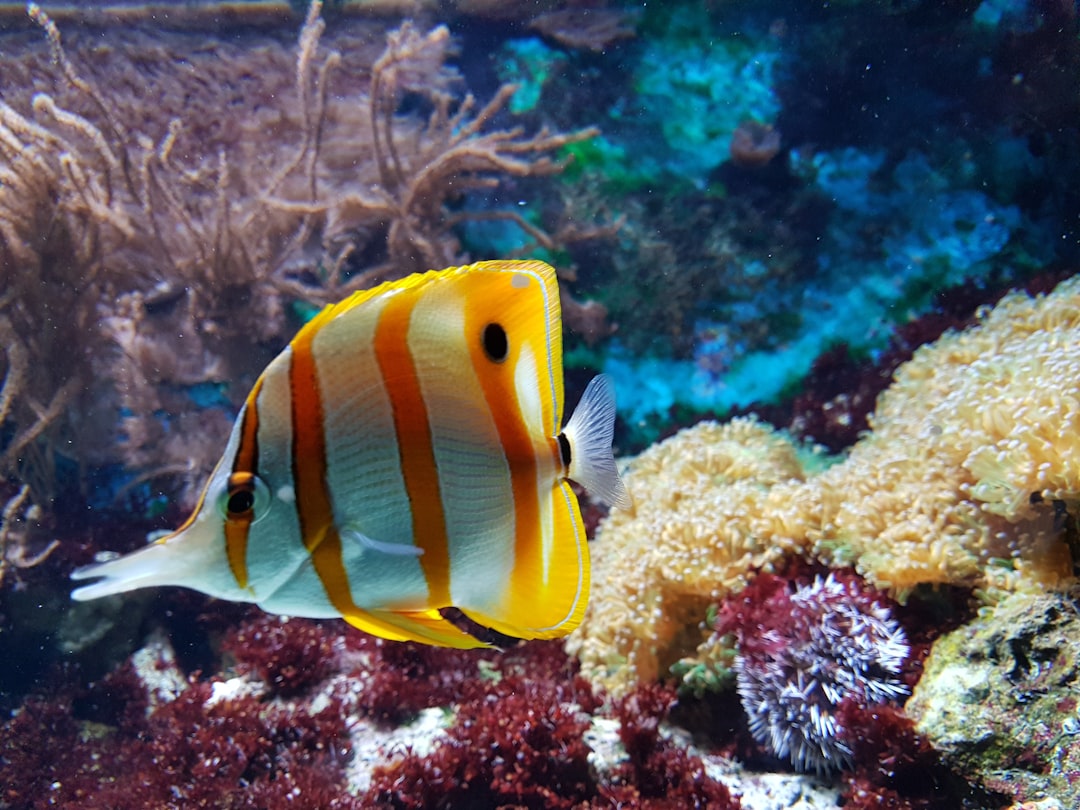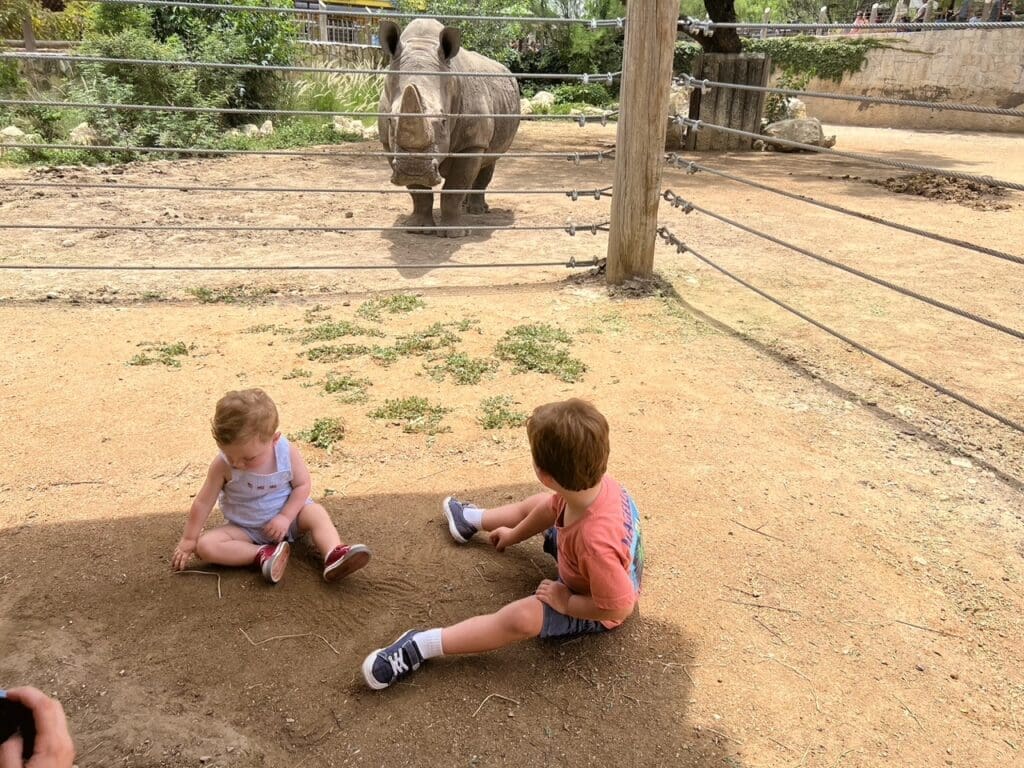
Creating Environments that Mimic Natural Habitats for Happy, Healthy Animals
Designing a zoo goes beyond the placement of enclosures and the selection of animals. It’s about recreating natural habitats that not only cater to the intricate needs of wildlife but also offer educational value to visitors. Modern zoo design emphasizes the replication of these natural habitats as closely as possible, ensuring that inhabitants thrive in environments akin to their wild counterparts. This approach supports both the physical and psychological well-being of the animals, providing spaces where they can express natural behaviors.
The role of zoos has evolved from mere exhibition to conservation and education. Exhibits are crafted to engage visitors, offering immersive experiences that raise awareness about the diverse ecosystems these animals hail from. Ensuring that environments mimic natural habitats is not only ethically responsible but also critical for the successful conservation of species. Through thoughtful zoo design, visitors are treated to a glimpse of the natural worlds that many animals call home, fostering a deeper connection between humans and wildlife.
Zoo designers and animal welfare experts collaborate to create habitats that serve as facsimiles of the diverse terrains that cover our planet—from the dense foliage of rainforests to the arid stretches of savannas. This attention to detail guarantees that a trip to the zoo is more than just an opportunity to see exotic animals; it’s an educational journey that emphasizes the importance of preserving these species in the wild. The fusion of landscape artistry with animal husbandry science transforms the traditional zoo into a sanctuary for wildlife and a center for conservation education.
Understanding Natural Habitats
In zoo design, closely replicating the natural habitats of animals is essential for their well-being and visitor engagement. The creation of these environments calls for a deep comprehension of the original ecosystems from which the animals hail, integrating vegetation, climate, and other habitat-specific elements effectively.
Importance of Mimicking Natural Ecosystems
Mimicking natural ecosystems in zoos is vital for several reasons. For animals, it provides psychological benefits by allowing them to exhibit their natural behaviors, which is crucial for their overall health. For example, the Polar Bear exhibit at the Maryland Zoo showcases how incorporating pools of water and artificial rocks similar to an arctic coast promotes natural foraging behaviors in polar bears. Moreover, these authentic habitats educate visitors on the importance of habitat conservation and the impact of climate change and habitat loss on wildlife.
Challenges in Replicating Wild Conditions
Recreating the complexity of the wild presents multiple challenges. These challenges range from ensuring the perfect climate conditions are met for different species to replicating the intricate balance of an ecosystem where every flora and fauna has a role. Additionally, as habitats are often degraded due to human activity, conservationists must also innovate, sometimes creating artificial habitat structures to support species that have lost their natural environments. The constant evolution of the understanding of animal needs and natural environments contributes to the ongoing complexity of zoo habitat design.
Designing Enclosures for Animal Well-being
Creating habitats that foster animal health is crucial in modern zoos. Designers focus on exercise, social needs, and psychological enrichment to ensure animals thrive. Here’s a closer look at the specific needs for various species:
- Mammals: Spaces should include climbing structures and hiding spots, especially for monkeys and big cats like lions and tigers, to encourage natural behaviors.
- Birds: Avian enclosures require vertical space for flight and varied perches to facilitate movement and promote wing health.
- Giraffes: Tall enclosures with foliage at different heights enable natural feeding behaviors.
- Elephants: As social creatures, they need large, complex environments that allow for socialization and plenty of room to roam.
- Reptiles: Temperature-controlled areas with places to bask and hide are essential.
- Hippos: Aquatic spaces paired with land areas mimic their natural riverine habitats.
- Penguins: Need both swimming areas and land, with climate control to mimic icy home environments.
- Polar bears: Require cold, expansive enclosures with water for swimming.
An example of such enclosures is seen in the approach where diverse vegetation and terrain variations are utilized to simulate the wild, encouraging exploration and activity. Also, climate control is vital for species like penguins and polar bears, ensuring their habitats reflect the cold conditions of their arctic origins.
The goal is always to create an environment that not only resembles their wild counterparts but also promotes physical activity and mental well-being, which are key components of overall animal health.
Integrating Visitor Experience
Creating environments within zoos that enhance the visitor experience involves careful planning to ensure that both educational value and entertainment are woven seamlessly into the design. Visitors should leave with a greater understanding of the animals they’ve seen and the ecosystems they inhabit, all within accessible, safe, and considerate viewing areas.
Educational and Ethical Considerations
Zoos play a crucial role in education and conservation, often fostering a connection between society and wildlife. When integrating visitor experiences, it is essential to design exhibits that provide educational content that raises awareness of the animals’ natural habitats and the conservation efforts in place to protect them. Signage, interactive displays, and informed staff are integral to imparting knowledge without compromising the welfare of the animals.
Example Educational Elements:
- Informational Graphics: Visitors can learn about the diet, behaviors, and conservation status of each species.
- Conservation Messages: Strategic placement encourages visitors to engage with environmental issues and learn how they can contribute.
Innovative Viewing Methods
In response to increasing competition with other forms of entertainment, zoos are innovating new ways for visitors to observe animals. Safari parks, aquariums, and even arts and architecture are combining to create immersive experiences that contrast with traditional zoos’ viewing methods. Glass tunnels, elevated walkways, and underwater viewing areas provide unique perspectives of animal behavior and habitats.
Examples of Viewing Techniques:
- Elevated Walkways: Allow visitors to walk among the tree canopies, observing arboreal species at eye level.
- Glass Tunnels: Offer immersive experiences, especially in aquarium settings, where visitors can appreciate marine life swimming above them.
By focusing on education and innovative viewing, zoos not only boost attendance but also reiterate their role in conservation and education within a modern society.
Sustainability and Conservation Efforts
In the realm of zoo design, the emphasis on sustainability is paramount. It serves a dual purpose: promoting endangered species recovery and fore fronting innovative practices that reduce the ecological footprint. One approach is incorporating climate control technologies, which enable the creation of specific microenvironments that mimic the natural habitats of various species.
Conservation initiatives are woven into the fabric of modern zoos. They are pivotal in maintaining genetic diversity and supporting species that are threatened in the wild. Programs focused on endangered species aim to engage visitors, highlighting the fragility and significance of these animals.
Native species benefit too. Zoos are increasingly mindful of indigenous fauna and flora, dedicating resources towards habitats that foster and protect local biodiversity. This often involves reintroducing species into their natural ecosystems, a practice firmly rooted in ecology.
Projects include:
- Artificial habitats: Designed to replicate lost or degraded natural structures.
- Resource conservation: Water recycling and renewable energy sources.
- Education: Interactive displays teaching the importance of conservation efforts.
Ultimately, a sustainable zoo contributes significantly to conserving biodiversity by supporting endangered species, restoring natural habitats, and advancing ecological knowledge.



